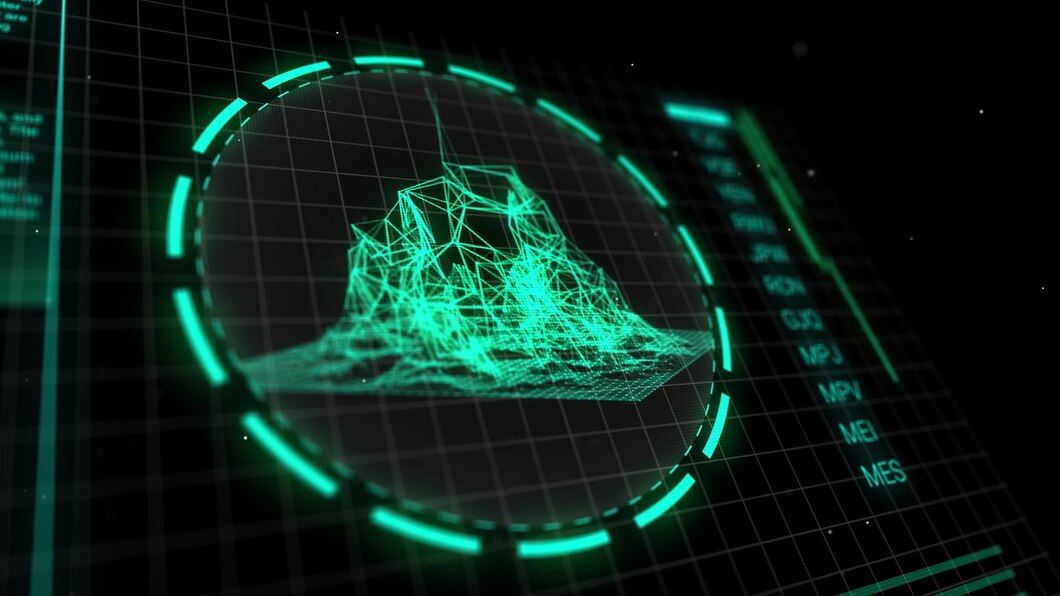
Introduction
The HHS Health Sector Cybersecurity Coordination Center (HC3) has issued an urgent warning to the healthcare sector about the Godzilla web shell backdoor, a sophisticated cyberthreat tool believed to be used by Chinese state actors.This web shell has emerged as a critical challenge for organizations, particularly in the healthcare sector, where the stakes are high, and sensitive data is constantly at risk. Developed with a focus on evading detection, Godzilla has been linked to multiple cyber campaigns, raising the urgency for robust cybersecurity measures. This highly capable web shell is designed to execute commands, manipulate files, and evade detection, posing significant risks to healthcare organizations worldwide.
With its advanced encryption techniques and ongoing development, Godzilla represents a new level of cyberthreat complexity. Healthcare organizations must stay informed and proactive to safeguard sensitive patient data and critical infrastructure from potential attacks.
What is the Godzilla Web Shell?
Features and Capabilities
The shell is a backdoor tool that enables cyberthreat actors to infiltrate and control compromised systems. It allows attackers to:
– Execute files and commands remotely.
– Gather reconnaissance data on network configurations and operating systems.
– Manipulate files to establish deeper system control.
Origins and Development
Developed by an individual known as BeichenDream, Godzilla was specifically designed to bypass traditional detection mechanisms. Its code is maintained in a publicly accessible repository, making it easily adaptable by various threat actors, including foreign governments and cybercriminal gangs.
Why is Godzilla a Serious Cybersecurity Threat?
Advanced Detection Evasion
Godzilla employs Advanced Encryption Standard (AES) encryption for its network traffic, making it highly resistant to detection. This capability allows attackers to operate under the radar, carrying out extensive cyberattacks without triggering standard security protocols.
Cyberattack Strategies and Techniques
Threat actors use Godzilla to:
– Embed themselves in victims’ systems.
– Execute larger-scale attacks, including data theft and system manipulation.
– Exploit known vulnerabilities in systems such as ManageEngine ADSelfService Plus and other platforms.
Impact on the Healthcare Sector
Case Studies of Healthcare Attacks
1. November 2021: Godzilla was used to exploit a vulnerability in ManageEngine ADSelfService Plus, affecting organizations across multiple sectors, including healthcare.
2. February 2023: The advanced persistent threat group Dalbit utilized Godzilla in a series of coordinated attacks, further highlighting the web shell’s capabilities.
Vulnerabilities Exploited by Godzilla
Healthcare organizations are particularly vulnerable due to the vast amount of sensitive data they handle and their reliance on interconnected systems. Godzilla’s ability to manipulate files and execute commands makes it a significant threat to:
– Patient data security.
– Operational continuity of healthcare services.
– Compliance with regulations such as HIPAA.
Mitigation and Defense Strategies
Immediate Steps for Healthcare Organizations
1. Monitor for Unusual Activity: Use advanced monitoring tools to detect irregular file and system activity.
2. Apply Patches Regularly: Ensure that all software and systems are updated with the latest security patches.
3. Limit Access: Implement strict access controls to minimize entry points for attackers.
Resources for Long-Term Security
- Cybersecurity and Infrastructure Security Agency (CISA): Provides detailed reports on Godzilla campaigns and mitigation strategies.
- National Security Agency (NSA): Offers robust defensive resources to counter advanced cyberthreats like Godzilla.
- Employee Training: Educate staff on recognizing phishing and other cyberattack methods that may lead to system infiltration.
Conclusion
The Godzilla web shell represents a critical cybersecurity challenge for the healthcare sector. Its advanced capabilities, including AES encryption and system manipulation, make it a formidable tool for cyberthreat actors. The Shell exemplifies the evolving complexity of cybersecurity threats, challenging organizations to enhance their detection and defense strategies. While its advanced encryption and stealth capabilities pose significant risks, they also underscore the need for proactive measures, continuous learning, and collaborative efforts in cybersecurity.
Healthcare organizations must remain vigilant, adopting proactive defense measures and utilizing resources from CISA and the NSA to mitigate risks. By staying informed and prepared, the sector can safeguard its systems and data against this evolving threat.
Discover the latest Provider news updates with a single click. Follow DistilINFO HospitalIT and stay ahead with updates. Join our community today!
FAQs
1. What is the Godzilla web shell?
Ans: It is a backdoor tool used by cyberthreat actors to infiltrate systems, execute commands, and manipulate files while evading detection.
2. Why is Godzilla a significant threat to healthcare?
Ans: Its advanced encryption and ability to exploit system vulnerabilities make it a major risk to sensitive healthcare data and operational integrity.
3. Who is behind the development of Godzilla?
Ans: The web shell was developed by BeichenDream and is believed to be used by Chinese state actors and other threat groups.
4. How can healthcare organizations protect themselves?
Ans: Healthcare organizations should implement advanced monitoring tools, regularly update systems, limit access, and consult resources from CISA and the NSA.
5. Is there a definitive list of mitigation steps for Godzilla?
Ans: Due to Godzilla’s continuous development, HC3 recommends staying informed through resources like CISA reports for the latest defense strategies.

